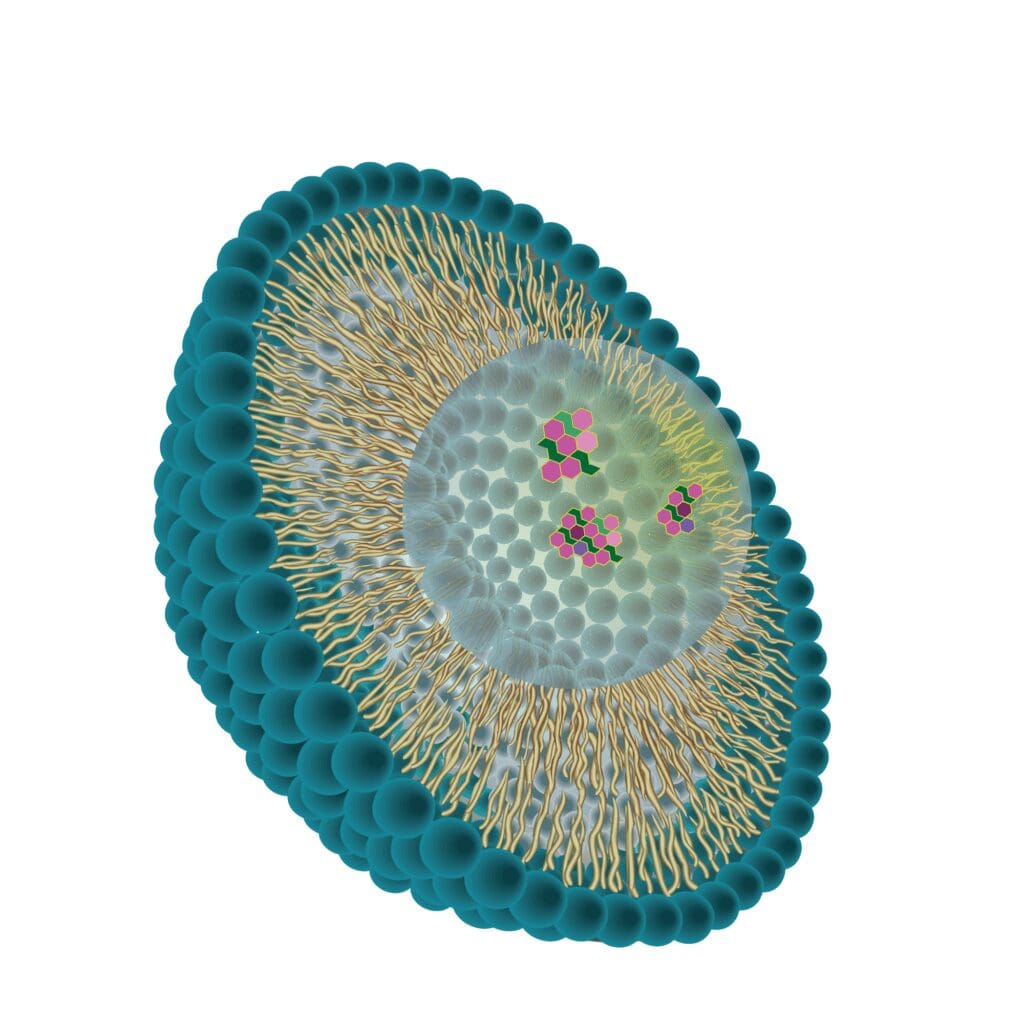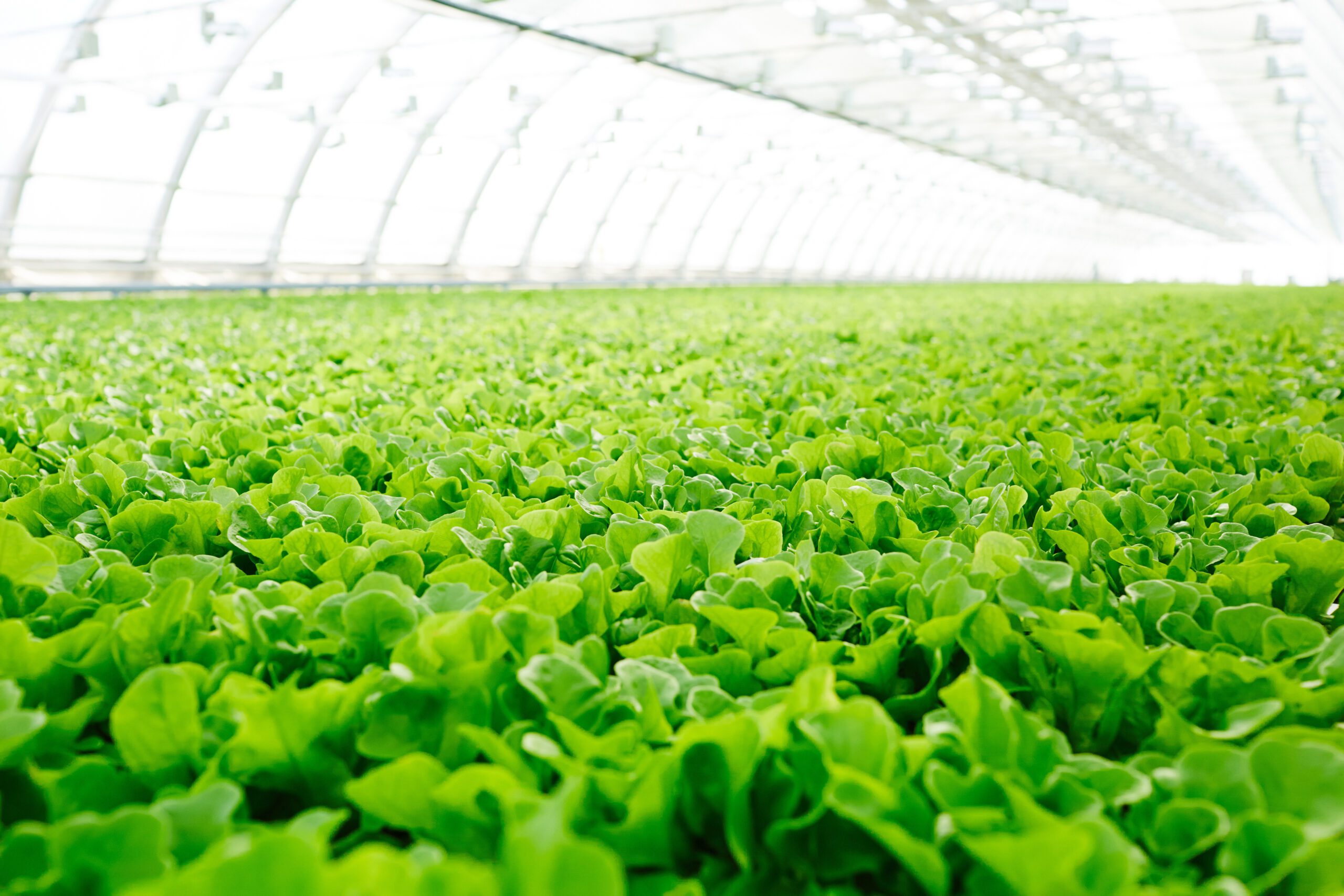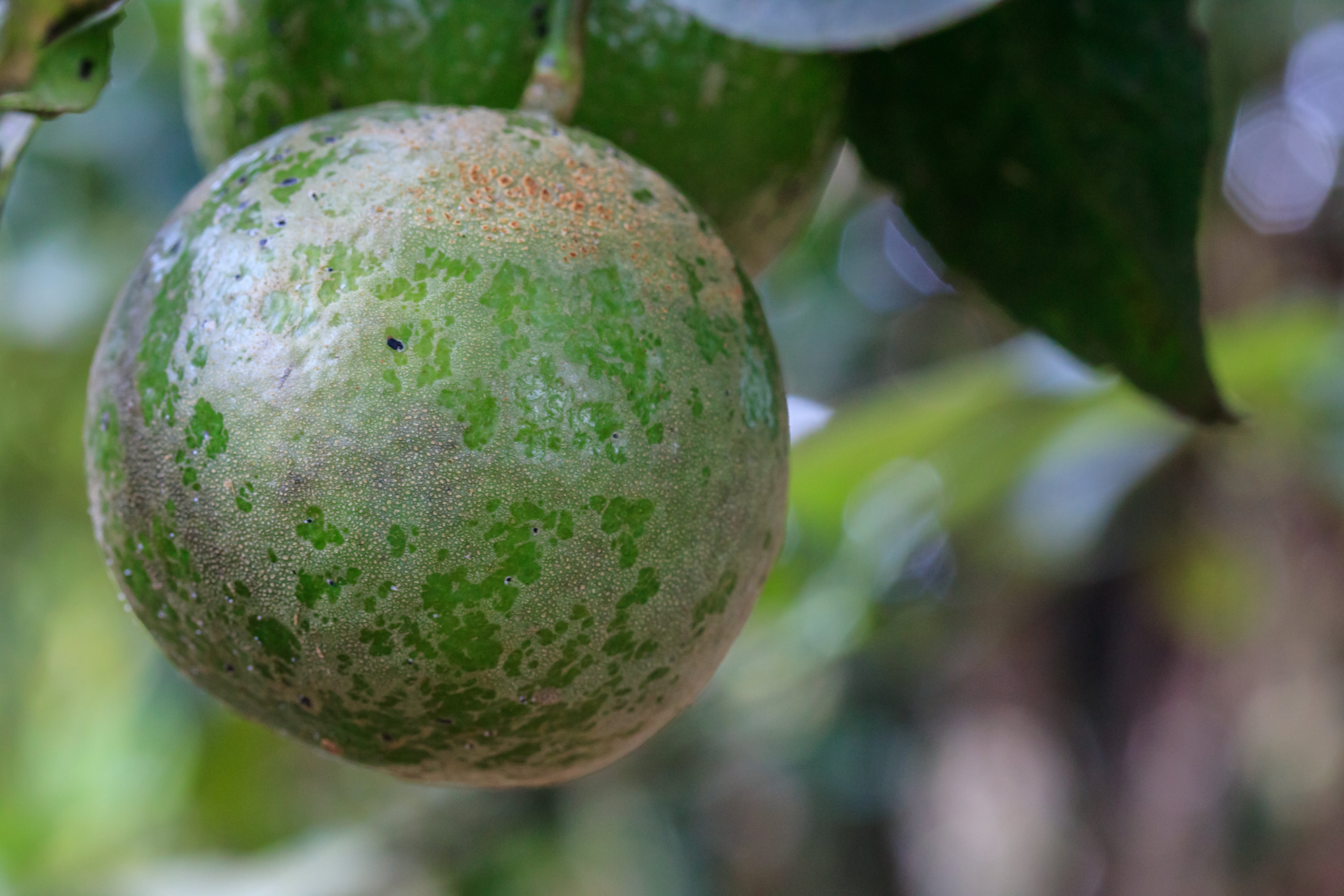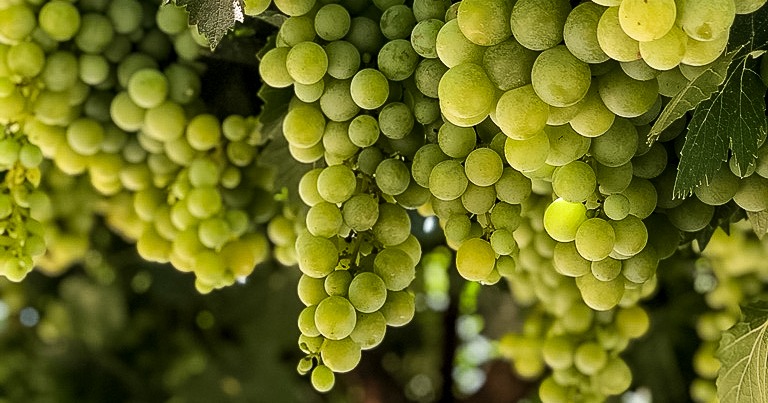PureCrop1: The Ultimate Organic Solution for Hydroponic & Home Growers
Are you struggling with pests, mold, or mildew in your grow? PureCrop1 offers an innovative, all-in-one organic solution that eliminates. Exclusively...
Dig deeper into the science that powers all of our products.
PureCrop Nanotech. It’s the driving force behind many of the products offered by West Coast Ag Products—and it’s what makes these products so unique and effective. It is the concentrated solution at the base of these products that delivers its benefits by working with the plants’ natural electrical systems. This unique electrical property helps our products to work in harmony with nature. The benefit of measuring at the nano-level means our products can deliver their benefits to each individual cell in the plant. We use PureCrop Nanotech in our products because it allows them to deliver inputs more effectively than any other product on the market today.
Our colloidal micelle nanotechnology sets us apart from the competitors and gives our products their competitive edge.
Get answers to common questions and deep dive into the science behind all of our products.
Nanotechnology refers to the science and engineering of tiny objects between one and 100 nanometers (a nanometer is one billionth of a meter).
The USDA recognizes the rise in the use of nanotechnologies in agriculture, "Researchers and farmers need nanotechnology, such as nanoscale biosensors and nanoparticles, to get an inside look at and manipulate processes like the spread of pathogens. Innovations in nanotechnology can help safeguard food security and protect the public from pathogens in food, water and the environment."
Yes! All of our products start with our proprietary PureCrop Nanotech base solution.
Fun Fact: The solution was originally developed by scientists in Hawaii who were researching plant-based chemistries to cure cancers in humans!
Nope! The proprietary formulation process is only available to West Coast Ag Products.
Micelles are nanosized colloidal dispersions with a hydrophobic tail and a hydrophilic head. The hydrophobic core acts as a reservoir for inputs, and the hydrophilic shell stabilizes the hydrophobic core. The unique properties of micelles make them an effective method of delivering active ingredients to crops, improving yields and crop health while reducing the number of pesticides used. By using micelles, farmers can create a better agricultural system that is healthier and more sustainable than the current model. Learn more below.
Graphics, infographics, and additional resources to enhance your understanding of our products.
Size is what sets us apart. Our nano-micelle is so small that it’s 2,500,00x smaller than a large water droplet.
*average micelle is 1-4 nanometers

Size is what sets us apart. Our nano-micelle is so small that it’s smaller than a large water droplet.
*average micelle is 1-4 nanometers

The micelle is a molecule composed of phospholipids that are formed by the combination of fatty acids derived from corn and soybean oil. The hydrophobic tail of the fatty acid and the hydrophilic phosphate head of the phospholipid form together to create a spherical structure that is suspended in water, rather than separating like traditional oils do.
The dimensions of an individual micelle range from 1 to 4 nanometers, which is equivalent to one billionth of a meter. In comparison to the micelle, 440 Oil has a size that is 23% greater. It is worth noting that the tip of a ballpoint pen can accommodate one billion micelles.
Colloidal micelles possess the ability to encapsulate and transport a variety of both polar and non-polar particles, including nutrients and other products, effectively serving as a stable medium for their transportation within the plant. Furthermore, their small size allows them to be easily consumed by the plant, without blocking the stomata, leading to more efficient delivery of the encapsulated particles.
Dig deeper into the science that powers all of our products.



Spray your way💦 Apply PureCrop in countless ways that fit both your crop size and your lifestyle. With #organic PureCrop, you can say goodbye to the hazmat suit and mask. Our plant-based formula is sustainable, tests 100% clean, eliminates sap-sucking insects, washes away mold & mildews, and stimulates healthy plant growth — all for a more reliable (and profitable) harvest 🌱 Application Tips: 💧 Mixing: Fill a container with fresh, clean water. Add PureCrop concentrate. Shake or stir. Spray or use as a root drench. 💧 Coverage: Apply PureCrop liberally to the tops and underside of leaves, stems, and the soil’s surface. 💧 Sprayers: Various sprayers can be used; however, we recommend atomizers for best coverage. 🕐 Time of Day: Spray early morning or in the late evening while humidity is higher and temperatures are lower. This will ensure a more extended working period with higher efficacy. PureCrop1 Dilution Rates: 🟢 For treatment foliar spray: 2 oz per gallon, every 2-3 days. 🟢 For treatment root zone: 1/2-oz per gallon, every water. 🟢 For preventative foliar spray: 1 oz per gallon, every 7-10 days. Exact measurements for each grower will differ slightly due to variations in crops, growing methods, and geography. Make slight adjustments until you’ve found the ratios that work for you! #Insecticide – #Fungicide 🌱One Organic Formula Simplify with PureCrop1 Learn more at https://wca.farm
Check out our content from the field updated weekly.

Are you struggling with pests, mold, or mildew in your grow? PureCrop1 offers an innovative, all-in-one organic solution that eliminates. Exclusively...

Commercial citrus growers know the high stakes of crop management and the economic impact of pests, especially Citrus Thrips (Scirtothrips citri)....

If you were faced with uprooting your struggling vineyard or trying to save it... What would you do?
Don't miss new updates! Subscribe to the West Coast Ag Products newsletter!
West Coast Ag Products © 2024 All Rights Reserved. | Privacy Policy